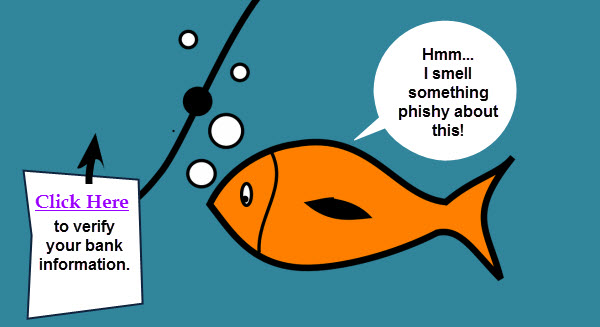Blogs and Advisory
26 June, 2018
3 common types of phishing attacks and tips to avoid them

Phishing is one of the oldest tricks in the book of hackers. But as old as it might be, phishing still remains the most lucrative tool for cybercriminals; as they say, old is gold. This post tells you about the 3 common types of phishing attacks and tips to avoid them.
What is a phishing?
Phishing is a fraudulent activity to trick you into revealing your personal and confidential information. This information usually includes bank account details, net banking details, credit/debit card numbers, login ID and passwords. There are different ways an attacker can launch a phishing attack. These are the 3 common types of phishing attacks
#1. Phishing by EMAIL
A phishing email is a fake email that looks likes crucial communication send by a bank or a popular website. This email carries a tone of urgency so that it tricks you into taking an action like clicking on a link or downloading an attachment.
Clicking on a link in a phishing email will take you to a fake website. This website might ask you to share confidential information or it might just drop a virus on your device.
Downloading an attachment will (in most cases) infect your computer with a virus.
Here’s a sample of a phishing email. Notice that the email asks the user to click on a link (marked in red) otherwise their bank account will get suspended. This is a classic example of a phishing attack.